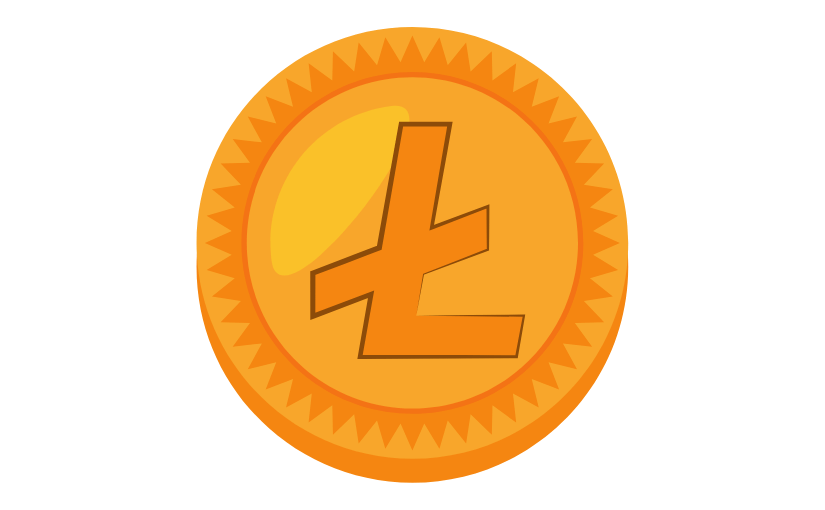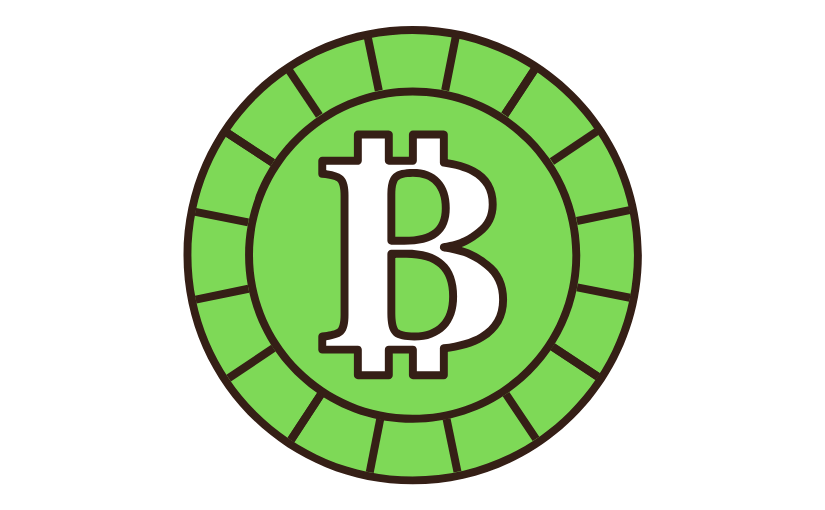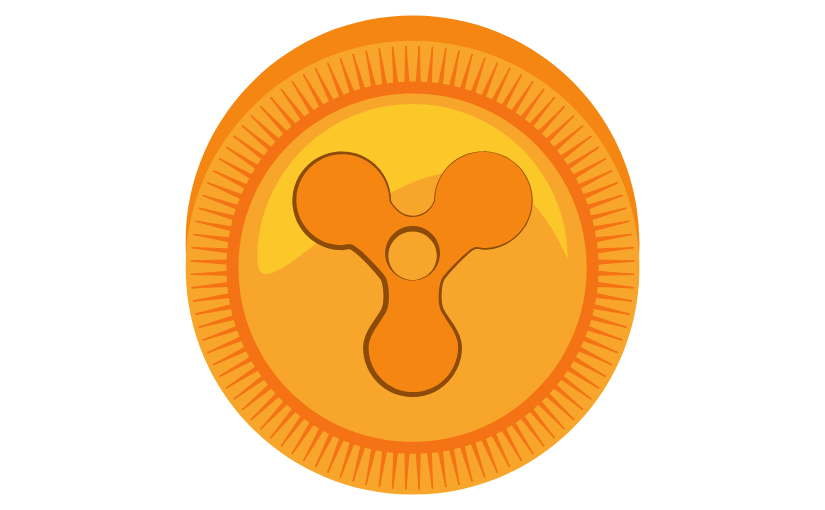The Background Stories of the Biggest Cryptocurrencies

We see them ranked among the top cryptocurrencies constantly. But did you know how they all started? In this post, we cover the background to some of the biggest cryptocurrencies by market cap.
Bitcoin
On the 31st October 2008, amid a financial crisis that shook the world, a mysterious pseudonymous programmer called Satoshi Nakamoto shared the Bitcoin whitepaper with the Cypherpunks mailing list. The Cypherpunks mailing list had built a wide variety of subscribers with discussion oriented around a variety of topics such as computer science, politics, philosophy, and cryptography. The concept of digital cash had been tried multiple times prior to this and the paper did not receive much recognition from those on the mailing list. However, the idea did grab the attention of Hal Finney, an accomplished computer programmer. On the 3rd of January 2009, Hal Finney and Satoshi Nakamoto launched the Bitcoin network. The technology that powered the network, blockchain, became the foundation for all other projects that came after it.

Litecoin
With Bitcoin being an open-source project, the code for the network was available for any developers to adapt. Charlie Lee, a former Google software engineer, adapted the Bitcoin source code to launch his own blockchain network, Litecoin. Lee launched the network in 2011 making it one of the longest existing major altcoins. Litecoin still ranks in the top ten cryptocurrencies by market cap whereas all others launched around the same time have gone out of existence or are mostly unknown.

One of the main arguments that early sceptics posed against Bitcoin working was that the blocks that transactions were grouped into took ten minutes to enter the blockchain. Litecoin was adapted so that the blocks entered the blockchain every 2.5 minutes. The algorithm which miners used to add the blocks also changed in an attempt to prevent against the adoption of specialised hardware being developed by miners. The second battle was lost with specialised hardware known as application specific integrated circuits (ASICs) eventually also being adopted by Litecoin miners. With the development of the Lightning network on top of the Bitcoin blockchain, the value proposition for 2.5 minutes block times is also under severe threat.
Dogecoin
Dogecoin was adapted from the Litecoin source code making it almost like a grandchild to Bitcoin. Dogecoin initially started out as a joke tweet from New Zealand technologist Jackson Palmer who tweeted “Investing in Dogecoin, pretty sure it’s the next big thing”. The tweet was intended to poke fun at the increasing hype surrounding altcoins around 2013. The joke for Dogecoin was inspired by a meme of a Shiba Inu dog which was going viral at the time.

However, the tweet caught the attention of a developer who turned the idea into reality. The cryptocurrency was launched with a huge initial supply of over 100 billion created in the first 1.5 years. Furthermore, there would be no cap on supply and around 5 billion more to be issued every year. Although it started as a joke, Dogecoin found a strong use case as a tipping coin and fundraising campaigns were launched with the cryptocurrency. These campaigns included contributing to sending the Jamaican bobsled team to the Olympics and providing clean water in Kenya by funding the building of wells.
Bitcoin Cash
Issues surrounding the scalability of blockchain technology has always been a significant challenge and remain so to this day. One proposition to solve this problem in Bitcoin has been to increase the block size, allowing more transaction data to go into each block which is added to the blockchain. The current block size limit is 1 MB. Discussions about increasing the block size have been taking place since as early as 2010 but the debates intensified in 2015. After two failed upgrades where block size increases were meant to happen, known as the Hong Kong Agreement and the New York agreement, a key part of the community split.

In August of 2017, a key part of the Bitcoin community and network hard forked creating both a separate blockchain and a separate cryptocurrency to go with it. The new network, Bitcoin Cash, increased the block size limit to 8 MB enabling more transaction data to be placed in each block. However, this also meant more resources were required to mine on the network and run a full node giving rise to a more centralized network.
Ethereum
Prior to 2015, many of the altcoins which were created were very similar to Bitcoin. They typically took Bitcoin code and made a small few tweaks. The proposal for the Ethereum network proposed an entirely new concept. The Ethereum blockchain would be built with a Turing-complete programming language giving rise to many interesting possibilities.

While smart contracts could be coded on the Bitcoin network, the code required was highly complex making them extremely difficult to implement. The programming language of the Ethereum blockchain made it possible to code complex smart contracts in just a few lines of code. However, there are also downsides to this. A Turing-complete programming language is less secure than the stack-based language the Bitcoin network is built with. This means there are also possibilities of security flaws taking place in the Ethereum network that would not be possible in Bitcoin.
The XRP Blockchain
Ripple’s XRP blockchain is another network which is entirely different than any other included on this list. The XRP blockchain was launched by Ripple, a payment processing company. As opposed to having an open permissionless blockchain where any computer can set up a node to check transactions, the XRP blockchain has different levels of nodes with different levels of authority in processing and verifying transactions. This allows for almost free and instantaneous transactions. However, one of the main arguments against the XRP blockchain is the involvement of the company in choosing nodes and their control over the native cryptocurrency of the blockchain, XRP. Nonetheless, the XRP blockchain has been ranked within the top three networks for over the past year.

